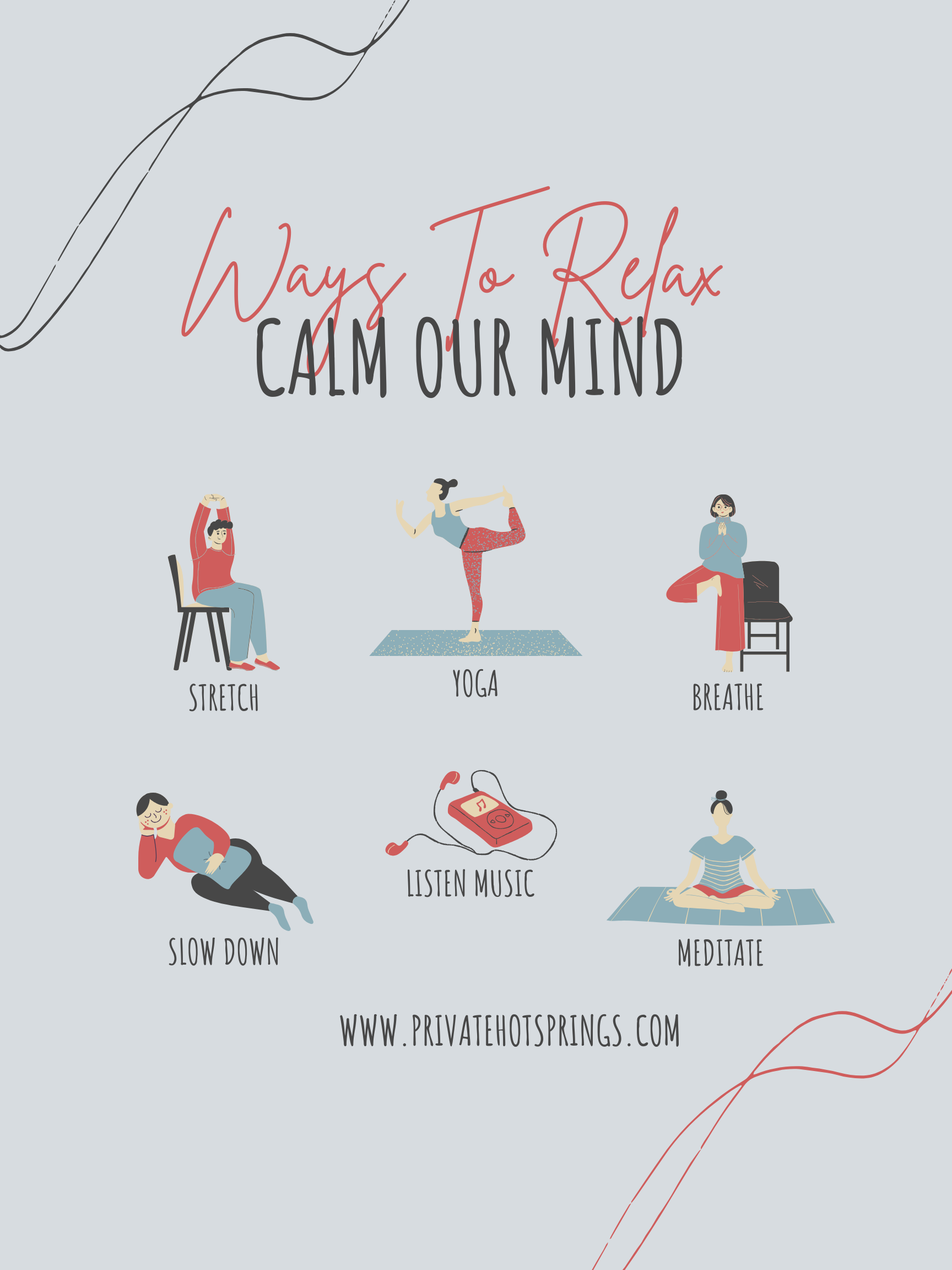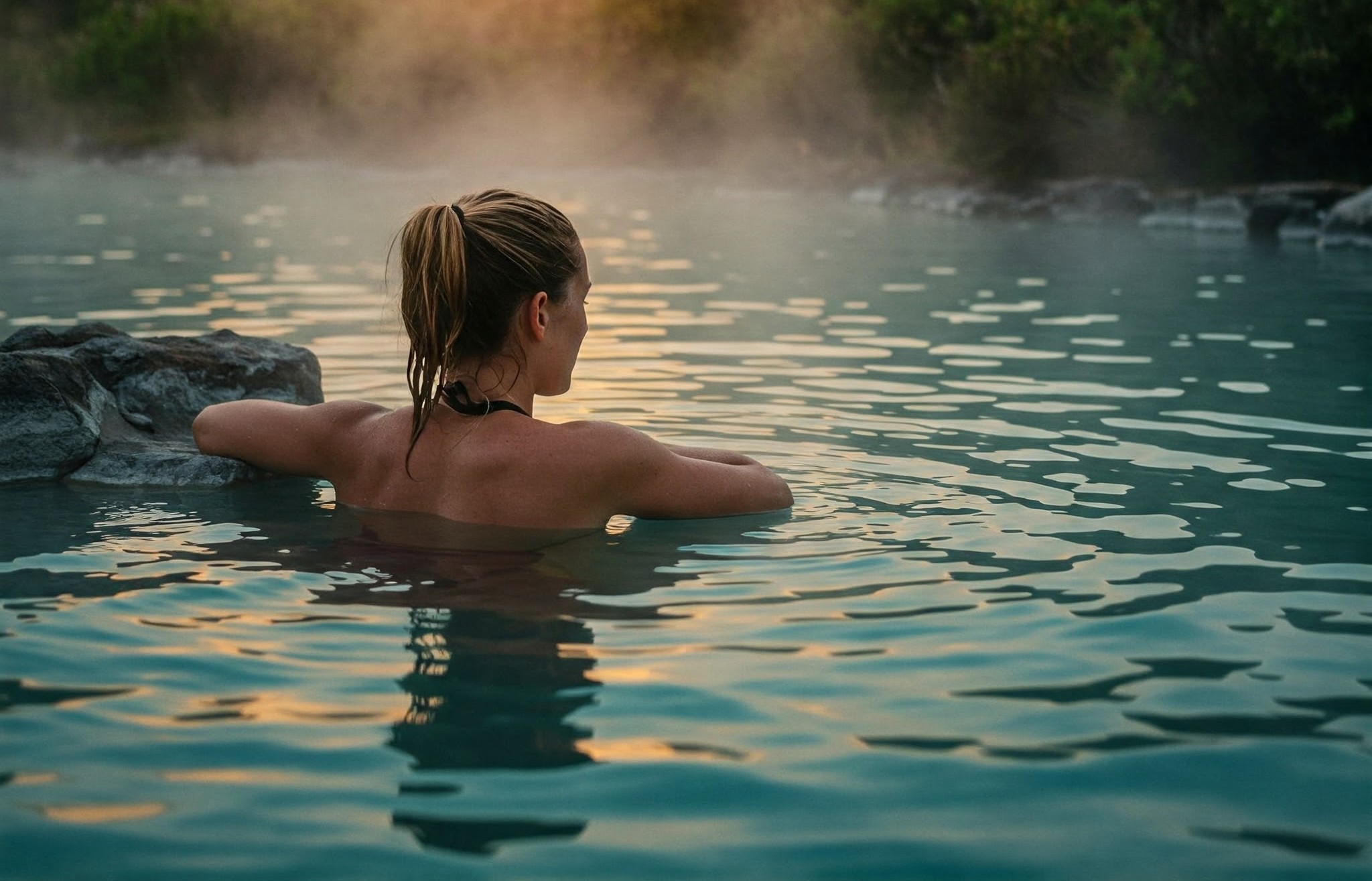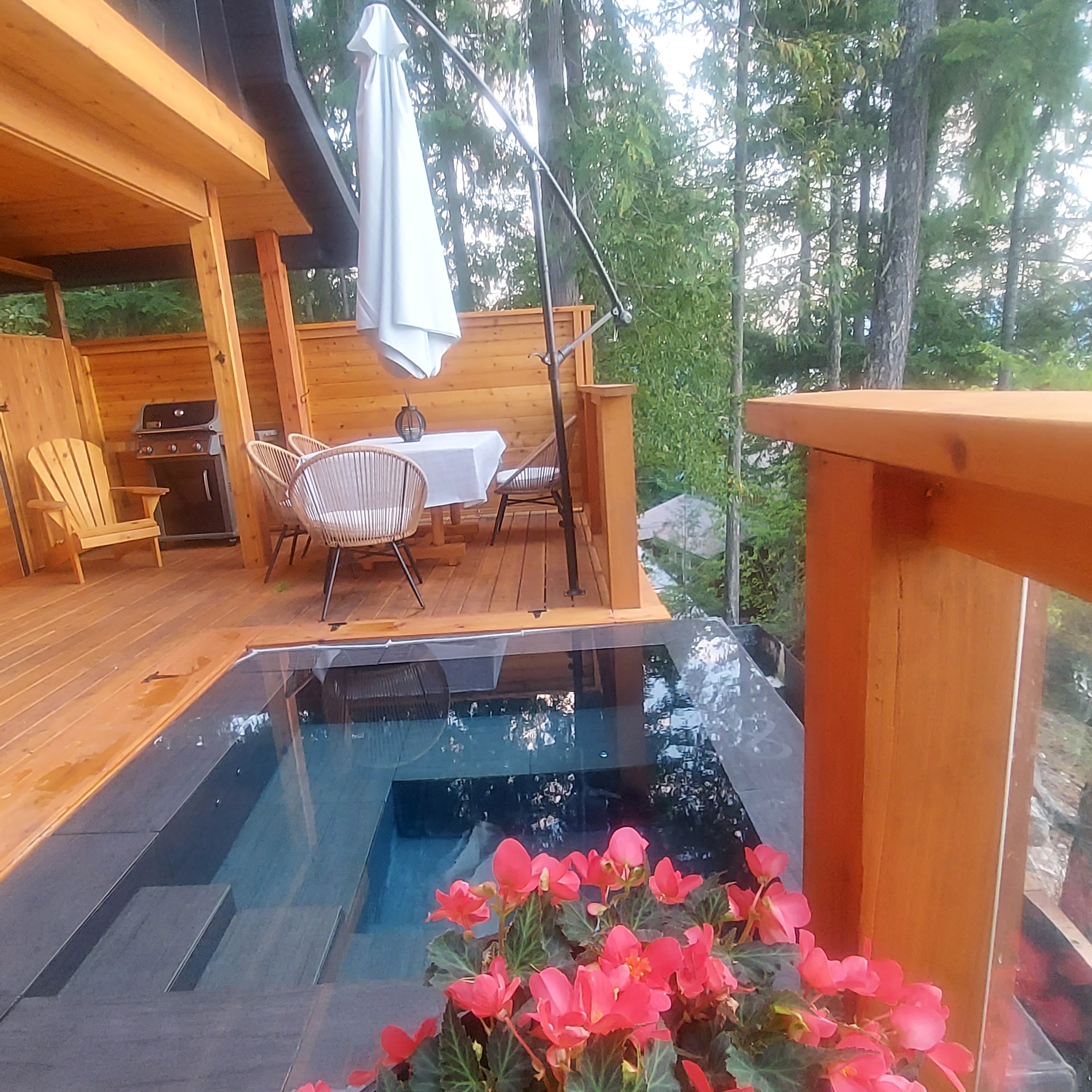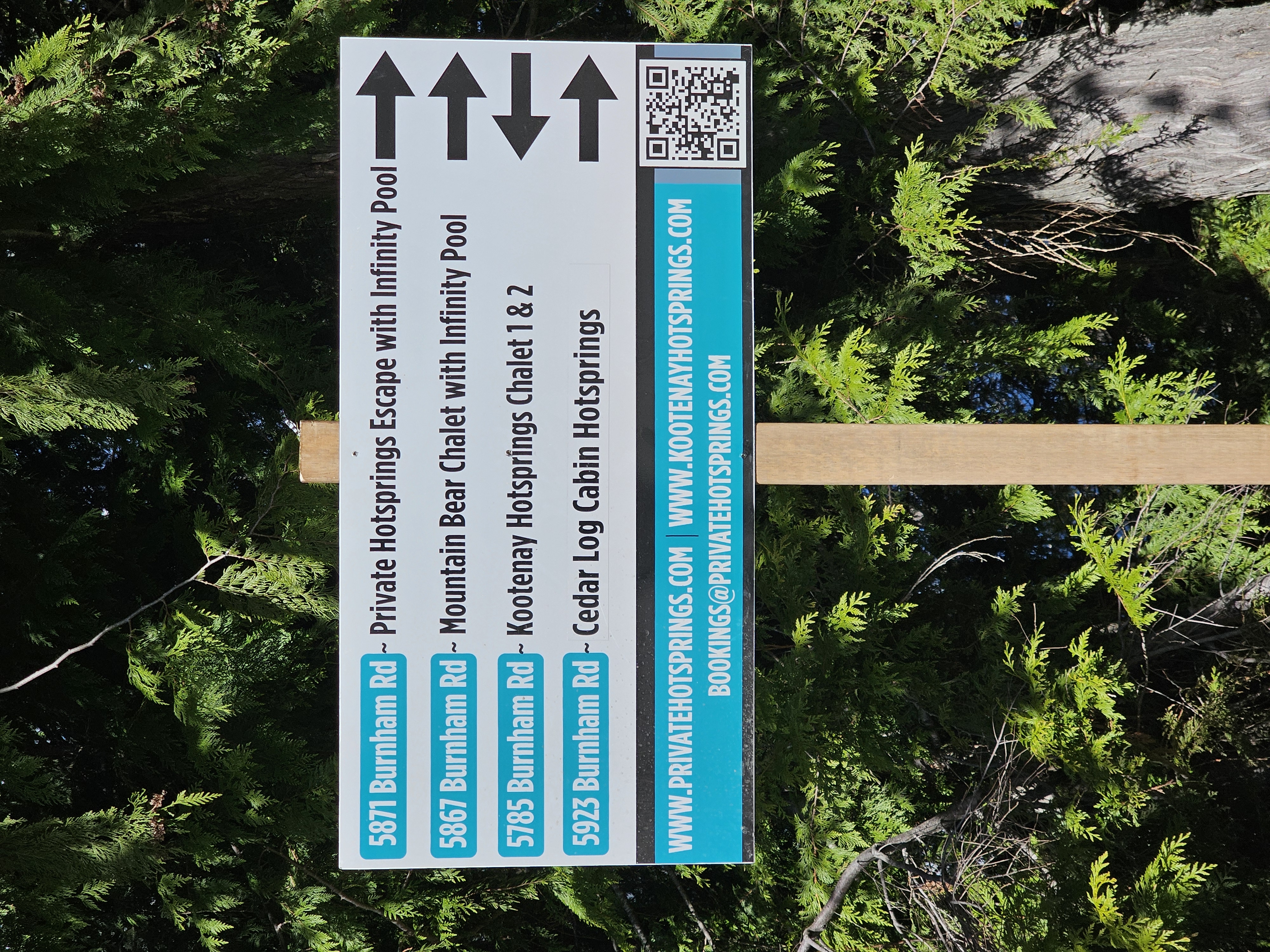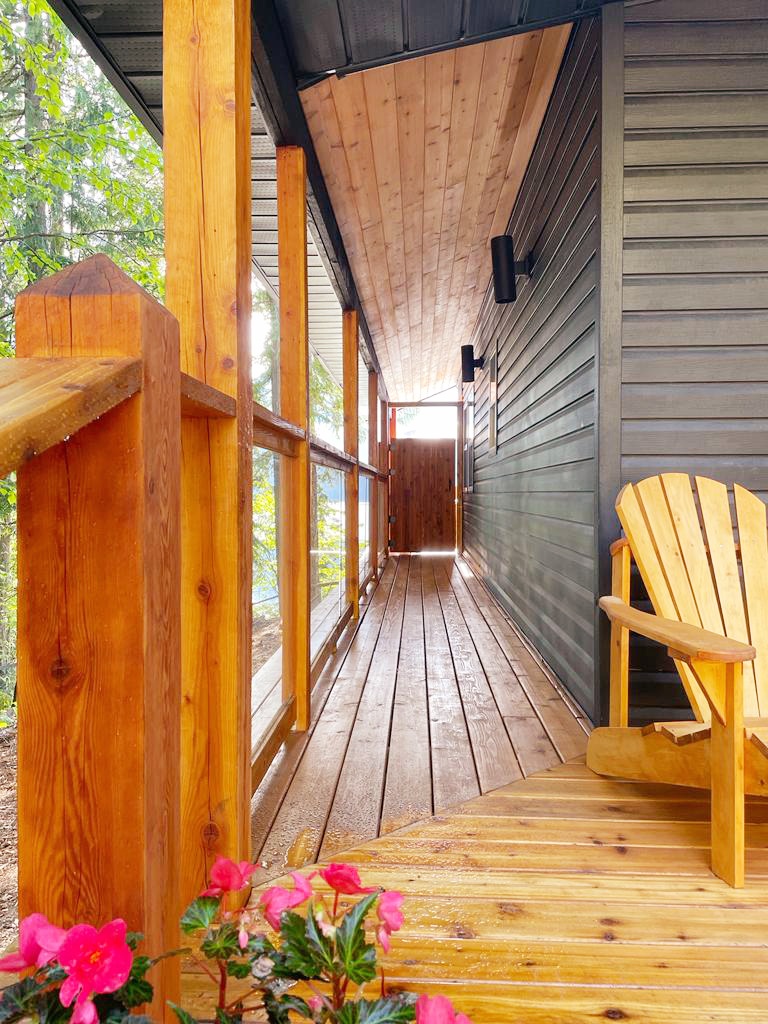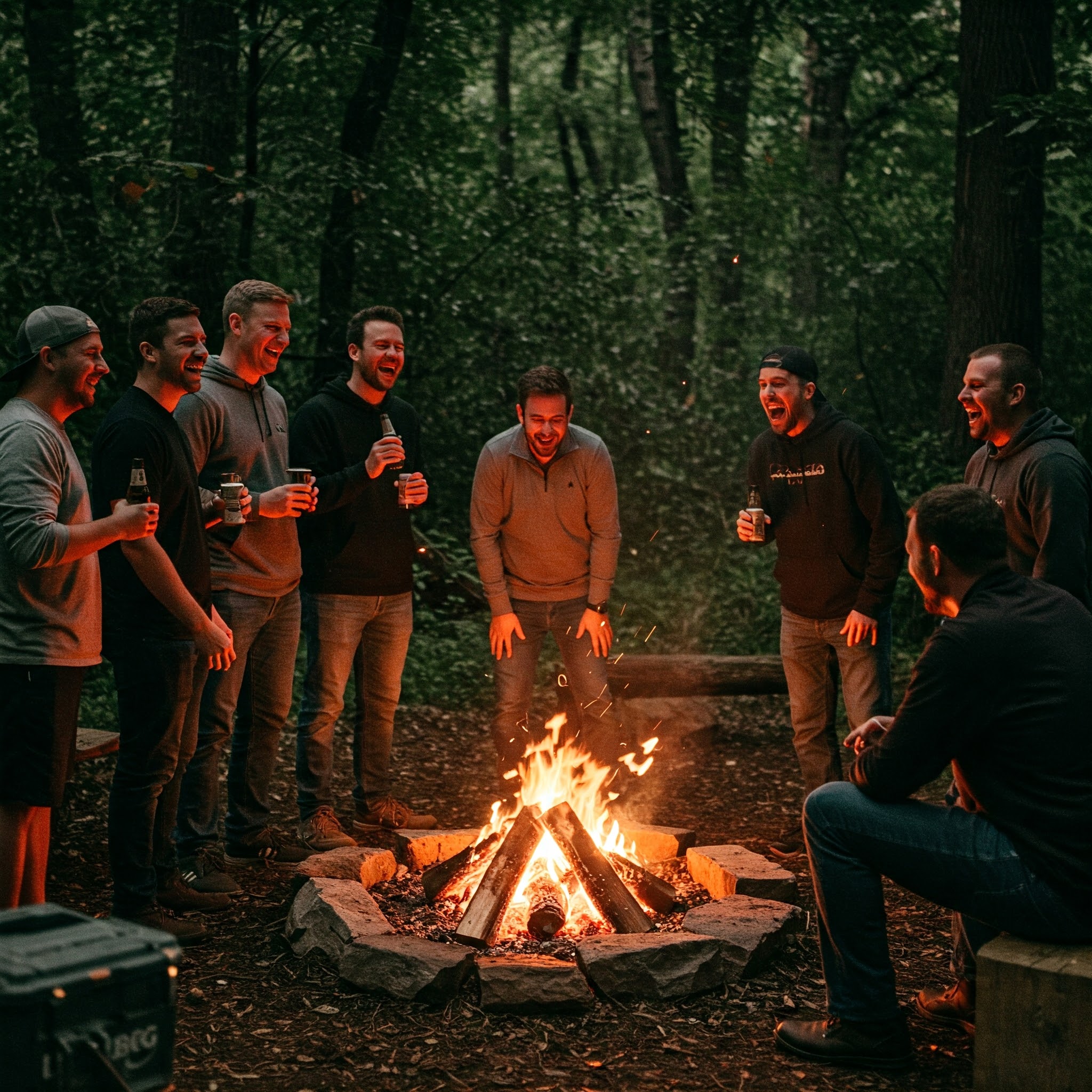
The sports bar was packed. Six of us hunched around a table, shouting over the game, trading the same jokes we always did. Three hours and several rounds later, we headed home having shared absolutely nothing that mattered. None of us slept better that night. None of us felt truly seen.
Something is shifting in how men connect with each other. The beer-soaked gatherings still happen, but they’re no longer the only option. Across the country, men are creating different kinds of spaces together—ones built around presence rather than escape, vulnerability rather than armor.
Beyond The Bar Stool
You’ve felt it, haven’t you? That strange emptiness after a night out with friends where conversation never ventured past sports statistics, work complaints, or surface-level banter. Many men are waking up to a painful truth: we’ve mastered the art of spending time together without actually being together.
Enter the modern men’s retreat. Not the stereotypical wilderness weekend of competitive fire-building and chest-thumping, but something more revolutionary: gatherings designed specifically for depth, support, and authentic connection.
“I thought it sounded like new age nonsense,” admits Eric, a construction manager who reluctantly attended a hot springs retreat last year. “Then I found myself telling guys I barely knew things I’d never told anyone. There’s something about being in nature, away from everything, that breaks down walls.”
Hot Springs and Cold Truth
Why are natural settings like hot springs particularly powerful for these gatherings? It’s partially biological. Immersion in mineral-rich waters naturally reduces stress hormones while increasing endorphins. Your body relaxes whether you want it to or not.
But there’s something more primal happening too.
Throughout history, men gathered in natural spaces—around fires, in sweat lodges, beside water—to mark transitions, share wisdom, and speak honestly. Our modern disconnection isn’t just from each other; it’s from these ancient patterns of masculine community.
Hot springs create a natural container for vulnerability. Without phones, without alcohol’s false courage, without the ability to physically distance yourself, something remarkable happens. Men talk. Really talk.
The Strength in Stillness
The most counterintuitive aspect of these retreats is that they require strength—not the kind that bench-presses impressive numbers, but the kind that sits in uncomfortable silence. The kind that says “I don’t know” or “I’m struggling” when every cultural programming screams to project certainty.
You learn to listen differently too. Not with the half-attention of waiting for your turn to speak, but with your full presence. It’s exhausting. It’s exhilarating.
What Actually Happens
These gatherings vary widely, but most share common elements: time in nature, guided conversation, periods of silence, and often some form of physical practice like hiking, breathwork, or meditation.
What doesn’t happen is equally important. There’s typically no alcohol. No business networking. No competitive activities designed to crown winners and losers. No escape into screens.
Instead, there’s space to exhale completely. To ask questions that matter. To hear your own thoughts without the constant noise of modern life drowning them out.
And men are discovering something surprising: when they remove these familiar crutches, they don’t collapse. They stand taller.
The Ripple Effect
What happens on these retreats doesn’t stay contained there. Men return to their families, workplaces, and friendships differently. They listen better. They express needs more clearly. They hold boundaries more confidently while simultaneously becoming more flexible.
“My wife noticed the difference immediately,” says Thomas, who attended his first men’s retreat after decades of traditional guys’ nights out. “She said it was like I finally came home to myself—and therefore could actually be present with her.”
This isn’t just about personal wellness. It’s about cultural transformation. Men who learn to hold space for vulnerability become better partners, fathers, leaders, and friends. The impact extends far beyond the individual.
Finding Your Brotherhood
These retreats aren’t replacing casual male friendships—they’re deepening them. Many men maintain both traditional social gatherings and these more intentional spaces, finding that each serves a purpose.
If you’re curious about experiencing this kind of brotherhood, start small. Find a friend willing to meet regularly without devices or distractions. Take a day hike together with some thoughtful questions in your pocket. Attend an established retreat when you’re ready.
The landscape of male friendship is expanding. There’s room for watching the game and room for sitting in hot springs speaking your truth. Both can coexist. Both matter.
The question isn’t whether men need these spaces. The evidence—from reduced depression rates to improved relationship outcomes—strongly suggests we do. The question is whether we’re brave enough to create them.
Are you?
www.privatehotsprings.com & www.kootenayhotsprings.com
